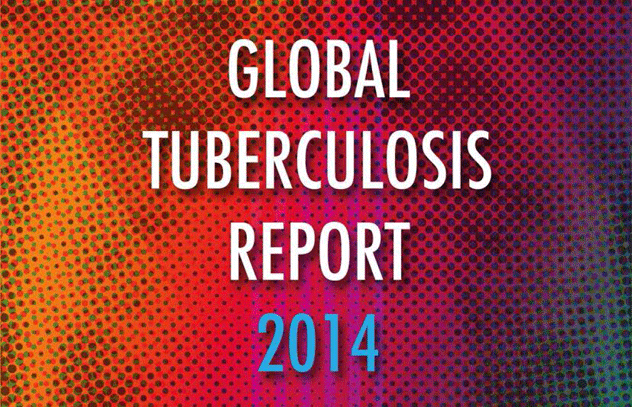

Feature Story
WHO report shows progress on HIV-associated TB but pace needs to be faster
22 October 2014
22 October 2014 22 October 2014A new report on Tuberculosis (TB) released on 22 October by the World Health Organization shows that 9 million people developed TB in 2013, and 1.5 million died, including 360 000 people who were living with HIV.
The Global Tuberculosis Report 2014 highlights that while the number of TB deaths among people living with HIV has been falling for almost a decade—from 540 000 in 2004 to 360 000 in 2013—early case detection, antiretroviral treatment, preventive therapy and other key activities need to be further scaled-up.
According to WHO, one of the keys to reducing the number of deaths from HIV-associated TB is early case detection through the provision of HIV testing to all TB patients and routine TB screening among people attending HIV care. In 2013, 48% of TB patients had a recorded HIV test result and only half of those estimated to be co-infected with HIV-related TB were identified. Since 2012, WHO has recommended antiretroviral therapy (ART) for all TB patients testing positive for HIV within the first 8 weeks of initiation of TB treatment (and within 2 weeks of TB treatment for TB patients with profound immunosuppression). From 2012 to 2013, HIV treatment coverage among recorded TB patients rose encouragingly from 60% to 70% but this still represents less than a third of those estimated to be living with both TB and HIV.
Uptake of isoniazid preventive therapy (IPT)—which prevents people living with HIV from developing active TB—is rising slowly, the report finds. However, while the provision of IPT is increasing in Africa, only 21% of countries globally and 14 out of the 41 high burden TB/HIV countries reported provision of IPT to HIV positive people in 2013.
The implementation of collaborative TB/HIV activities has not evolved evenly across countries. The report stresses that further scale up of collaborative TB/HIV activities could be facilitated by joint TB and HIV programming, which would help to overcome constraints, promote synergies and achieve efficiency gains, especially between TB and HIV programmes.
WHO recommendations on the activities needed to prevent TB in HIV-positive people and to reduce the impact of HIV co-infection among HIV-positive TB patients have been available since 2004. These include establishing and strengthening coordination mechanisms for delivering integrated TB and HIV services; HIV testing for all patients with presumptive and diagnosed TB, providing antiretroviral therapy and co-trimoxazole preventive therapy to all HIV-positive TB patients, providing HIV prevention services for TB patients, intensifying TB case-finding among people living with HIV, offering IPT to people living with HIV who do not have active TB, and preventing the transmission of TB infection in health care and congregate settings.
The report concludes that despite encouraging progress, reaching the global target of halving deaths from HIV-associated TB is at risk, if countries don’t intensify the collaborative HIV/TB activities.



